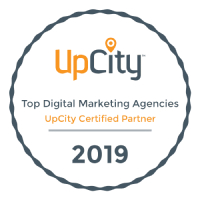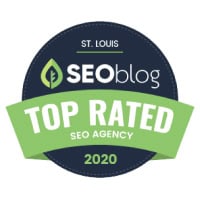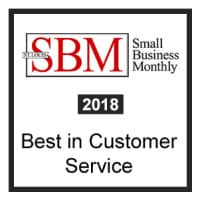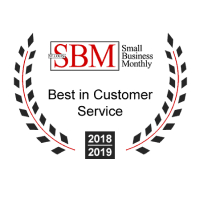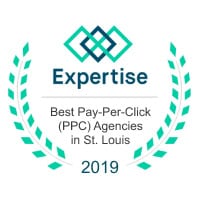 When it comes to producing the perfect marketing strategy for our clients, there is no one-size-fits-all approach that will work across the gamut. Each strategy is a specially choreographed waltz between producing content that resonates with our clients’ customers and optimizing this content to make it easier for Google to identify and serve up to those who seek our clients’ expertise.
When it comes to producing the perfect marketing strategy for our clients, there is no one-size-fits-all approach that will work across the gamut. Each strategy is a specially choreographed waltz between producing content that resonates with our clients’ customers and optimizing this content to make it easier for Google to identify and serve up to those who seek our clients’ expertise.
Ensuring that our clients have the best chance at ranking on Google’s first page of search queries is Seafoam Media’s SEO Specialist, Brian Martin.
To get a better understanding of how greatly search engine optimization impacts digital marketing, we sat down with Brian for a quick chat. Here’s what he had to say…
I am the SEO Specialist at Seafoam Media. It is my job to analyze the existing SEO on clients’ websites; then I develop and implement new SEO strategies to help them organically rank better in both Google and local searches. In order to make this happen, I conduct keyword research, pursue backlink opportunities, and I ensure the technical builds of our clients’ sites are sound so that they will properly accommodate SEO and PageRank flow.
More people click on organic search results than they do paid search results or the local pack at the top of search pages. If a client wants to gain a real audience, they must rank organically for the keywords that don’t just drive traffic to their site but also drive conversions and ROI. Being seen on Google is the way to draw in an organic audience, and search engine optimization is how this is achieved.
One of the most exciting changes in SEO is the evolution of RankBrain, – Google’s algorithm for determining user intent – and its ability to take what users write into search queries and implicitly interpret what users are searching for beyond deciphering precise keywords.
RankBrain also makes it more difficult for websites to cheat the system. Today, it’s much harder to spam a series of keywords and generate a group of terrible backlinks in order to rank higher in search results. Sure, RankBrain isn’t completely impervious to manipulation, but Google is getting better at shutting down these older ranking tactics and rewarding websites for following legitimate SEO protocols.
Due to the evolution of RankBrain, Google is continuously finding improved ways to ensure the best information – the sites that provide the most benefit to the searcher – appears at the top of search result pages. Needless to say, I am fascinated by the evolution of RankBrain and how it constantly influences the search landscape.
I’m still relatively new to the team; I’ve only been here for three months, so my evolution may not be as great as some of the more seasoned veterans. That said, in my role as a St. Louis SEO Specialist, I have been able to develop my own SEO strategies instead of just simply executing SEO based on a superior’s analysis. As I spend more time with Seafoam Media, I look forward to digging even deeper into strategizing and executing search engine optimization for our family of clients.
I personally believe that what I do more directly effects organic ranking than any other role at Seafoam Media. Certainly, everything we do as an organization operates with SEO in mind, but since I have the opportunity to work closely with keywords and develop our clients’ SEO strategies, I feel that cultivating organic reach is one of the more unique aspects of my position within our team.
In a sentence: SEO never stops changing. It’s constantly evolving, and as an SEO Specialist, it’s my job to continuously adapt my strategies to the shifting world of SEO. Otherwise, it is easy to fall behind other brands and drop in page rankings.
Never stop evolving. — That is the one powerful lesson I have learned in this industry.

At least five days a week, your morning begins with the same incessant ring: “Wake up, you need to make money!” your alarm clock screams, dragging you away from the comforts of slumber. It’s time to start your day.
What do you do first? Brush your teeth? Take a shower? Throw on some clothes? Not even close.
If you’re like the other 79% of modern Americans, you check your phone before you even climb out of bed. That means you’ve probably blinked less than ten times before your eyes start feasting on the latest social media chatter.
Is your business’ content something they’re looking at?
The scope of today’s content distribution mainframe runs a little something like this:
If you’re lucky, your content will spark a conversation; it might even earn your business some new customers. If not, this next subhead’s for you…
Up until very recently, content demanded to be created and maintained on self-hosted websites, such as the one you’re reading this article on. Social platforms simply served as a medium to tell the world about new content on your website.
For the two thirds of Americans who use mobile devices, that means he/she must click on the web link embedded in your social media feed before being ripped away from his/her social media app and dropped into a web browsing app where he/she waits for your content to eventually load.
If you’re thinking that this sounds like a disheveled experience, you’re absolutely right. The arrant fragmentation between content and social media is counterintuitive at best.
The fact is that nearly half of internet users are willing to wait 2 seconds or less for your content to load before bowing out to the next piece of content. So if your website doesn’t load the content the user wants to see quickly enough, the likelihood of your content being consumed in this manner is reduced by up to 40%, therefore obliterating your conversion rate simply because your audience has to work too hard to see what you have to say.
Fortunately, social media has a solution. Major platform contenders, such as Facebook and Google have designed streamlined ways to build, share and consume content without diverting users to a third party host, ultimately eliminating the “middle man” between content creation and distribution.
As your customers circulate around the web, each second to grab their attention is precious. Start developing your social media content marketing strategy now while keeping these six key benefits in mind:
As a worldwide phenomenon, social media is potentially one of the most exciting aspects of modern communication. When looking at the scope of the platform and its future, Twitter’s founder and St. Louis native, Jack Dorsey, said it best: “It’s different things to different people at different times and we need to embrace that.”
The same can be said for content marketing: social media is continuously changing to meet society’s needs and desires. As a result, content marketers have an obligation to plug into these shifting trends and lead the charge into the new age of social content.
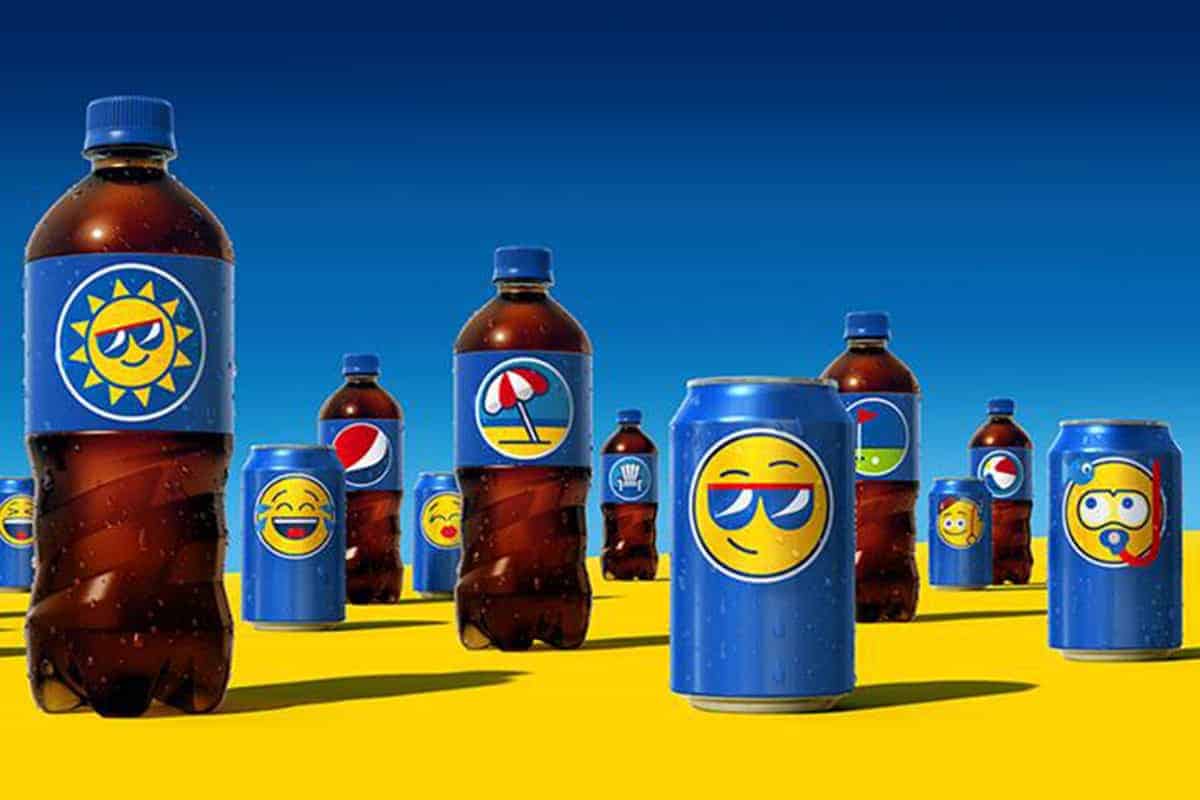 A picture is worth a thousand words, right? For businesses embarking on ji
A picture is worth a thousand words, right? For businesses embarking on ji
ji in their digital marketing efforts, a picture is worth even more than that — they equate to revenue.
As we discussed in our blog post last week, How to Use Emoji in Digital Marketing, the tiny expressive characters known as emoji are utilized by 92 percent of online users. Out of this 92 percent, nearly 26 percent of online users are from Generation Z, making this up-and-coming group the largest generation alive — even bigger than Millennials and Baby Boomers. Due to this undeniable fact, Generation Z holds a lot of potential buying power, thus prompting brands to reach this group of consumers as early as possible.
Keeping in line with our emoji in digital marketing theme from last week, here are some ways several of the world's top organizations have already utilized emoji to engage with customers.
Chances are, if you’ve frequented a convenience store within the last couple years, you have seen a shelf of Pepsimoji bottles adorned with bright yellow faces strategically placed where the Pepsi logo should be. The idea behind the campaign was to encourage Pepsi drinkers to share the joys of their favorite cola by gifting a bottle of bubbly to close family members and friends. Following the success of this strategy, Pepsi kicked the program up a notch late last year by partnering with Pizza Hut to offer free pizzas to anyone who found a bottle with an elusive pizza emoji stamped on it.
If you would like to send your own PepsiMoji to your closest friends and family, you can download the official PepsiMoji keyboard for iPhone and Android devices at the provided links.
If you’ve turned on your television recently, you are sure to have seen Chevrolet’s emoji-based ad campaign. By asking seemingly endless panels of “real people” to express their love for Chevrolet’s new line of vehicles using only emoji – among employing other pop-culture communication tactics – one of American’s most recognized automotive manufacturers is intent on showing that its brand is ready for the youthful digital age. How dope is that?
Is it possible to order a fresh, hot pizza with a single emoji character? This is the reality Domino’s dreamed up when they launched their Easy Order campaign. By following a few quick steps to register for the program, users could essentially Tweet a pizza emoji to Domino’s registered Twitter account and have their favorite American pie brought straight to their door. How's that for convenience?
As technology continues to invent new ways for brands to reach consumers, emoji-based marketing tactics are only the beginning. The digital revolution will usher in even more unique ways for organizations to appeal to consumers down the road.
In the meantime, we would like to pose several questions for you to consider: How did the emoji-based digital marketing campaigns we discussed in this article make you feel? Did you receive these campaigns positively? Maybe their execution prompted you to hold onto your dollars instead of spend them? Do you feel that emoji in digital marketing is helpful or harmful to brands?
Share your reactions with us on our Facebook and Twitter pages. We look forward to reading your thoughts!












